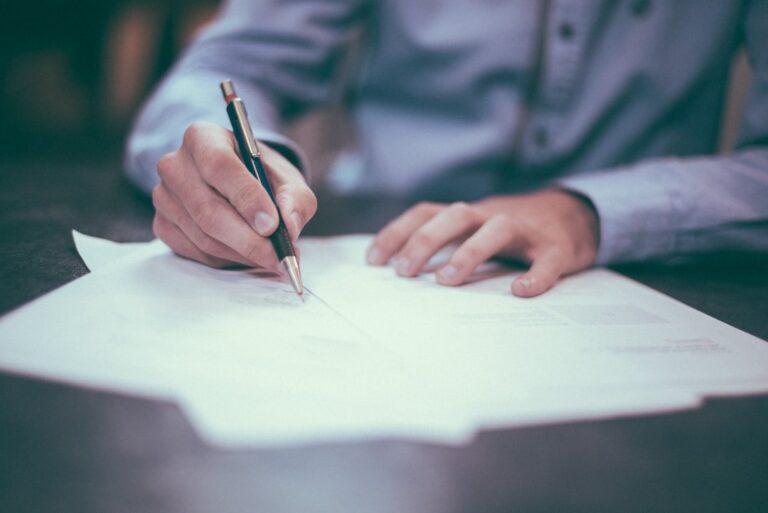In premises liability cases, the duty of care refers to the responsibility of the owner or occupier to maintain a safe environment for others. Proving that the owner breached this duty is pivotal for a successful case. This involves understanding the duty of care, its scope, and how it applies to different individuals, such as invitees, licensees, and trespassers.
This can be complex as it’s shaped by several factors, such as the location of the accident, the reason for the victim’s presence, etc. Considering these aspects will help to establish if the duty of care was applicable and, more importantly, breached in a given scenario.
Moreover, understanding whether you fall under invitees, licensees, or trespassers can help define cases better. The realm of negligence and the associated responsibility changes with each category, influencing the outcome.
When the Owner Is Negligent
Premises liability cases often hinge on owner negligence, necessitating an understanding of what constitutes negligence. Arising out of failure to maintain a safe environment or acting inadequately towards a known hazard, negligence plays a crucial role.
An owner might be negligent if they created a dangerous condition, knew of it but did nothing about it, or should have known about it because a “reasonable” person would have identified and rectified it. However, proving the owner’s negligence also involves proving that the victim was unaware of the danger.
In premise liability cases, negligence becomes a subjective argument based on “what a reasonable person would have done.” Depending on the complexity of the case, proving this can be challenging. Hence, having an experienced lawyer on your side can significantly influence the outcome.
Having an experienced lawyer on your side in premise liability cases can significantly influence the outcome. They will have an in-depth understanding of the laws related to premise liability, which can be complex and vary depending on the jurisdiction. Additionally, they will have the resources and expertise to conduct a thorough investigation, identify key witnesses, and gather evidence to build a strong case. Their knowledge and experience will enable them to negotiate with insurance companies or represent you in court, ensuring that you have a fair chance to seek compensation for your injuries and losses.
Identifying Premises Liability Hazards
Recognizing premises liability hazards is paramount in preventing accidents. Slippery floors, uneven surfaces, poor lighting, or exposed wiring are some common hazards that can lead to injury. While prevention is always better, knowing these hazards can shift the blame towards negligence in case of an accident.
At the end of the day, any hazardous condition that leads to an accident could form the basis of a premises liability case. Therefore, keeping an eye out for these common hazards and understanding how they contribute to accidents can be crucial in both preventive and reactive aspects.
Professional assessment of such conditions is crucial, and having expert legal counsel allows for a thorough examination of potential hazards. Your representation can advise you on these aspects, increasing your chances of a favorable outcome.
The Importance of Evidence in a Claim
Evidence undoubtedly plays a fundamental role in premises liability cases. Documentation, surveillance footage, witness accounts, etc., could decide the outcome of a case. Understanding the types of evidence, their role, and how to secure them effectively is critical for successful litigation.
Preserving evidence strategically is equally crucial. From photographing the scene immediately after the accident to soliciting witness testimonies, every bit of evidence adds up. Knowing how to handle and preserve evidence can turn the tide in a case.
Technological advancement has made electronic evidence like surveillance footage central to many cases. Accordingly, understanding such evidence’s significance and timely procurement is essential for building a robust case.



